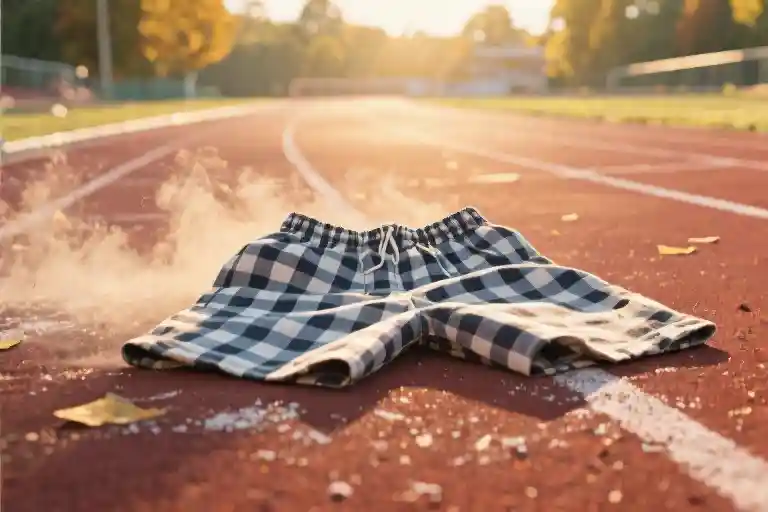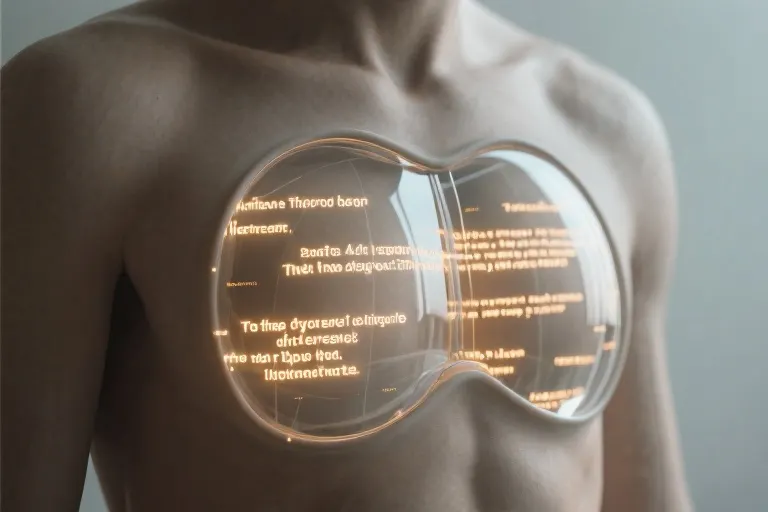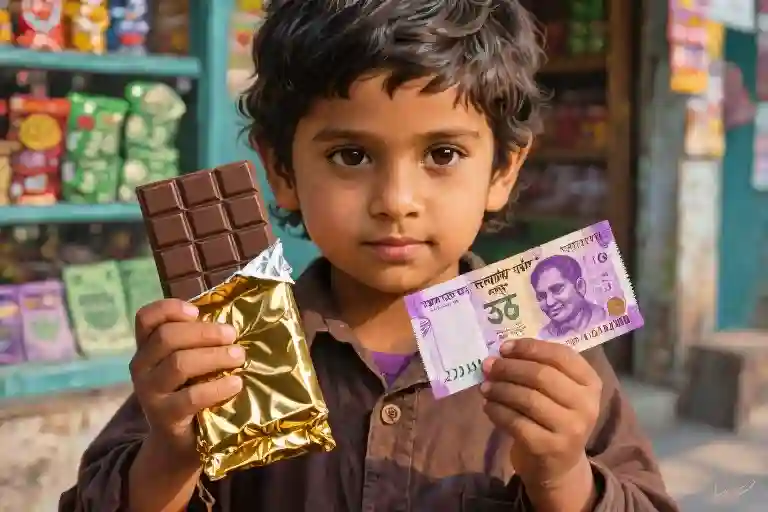The morning of sports day clung to me like my father’s oversized shorts – those checkered relics from his youth that bunched around my knees as I stood at the starting line. At seven years old, the cotton fabric smelled of laundry detergent and unearned confidence. I’d rolled the waistband three times to keep them from sliding down, yet still they whispered against my thighs with each nervous shift in place.
A September sun pressed down on the chalk-dusted track as I curled my toes inside canvas sneakers. Somewhere beyond the pounding in my ears, the physical education teacher raised his whistle to lips that moved in slow motion. That shrill blast would later become my personal dividing line – the moment before I knew, and the crushing aftermath when I learned.
For ten glorious strides, the world made sense. My arms pumped in perfect rhythm with the girl in red running shoes beside me, our shadows stretching ahead like arrows pointing toward victory. Then the universe tilted. First one, then three, then all the other children elongated their leads as if someone had pressed fast-forward on their lives while leaving mine at normal speed. The elastic waistband of my shorts chose that moment to unfurl, sending fabric flapping around my knees as I became a living cartoon of failure.
By the final stretch, my breath came in wet gulps that tasted of copper and humiliation. Through stinging sweat, I saw the winner – not just crossing the finish line, but already wearing her ribbon, already being hugged, already moving on. The polite applause from parents sounded like rain on a tin roof, steady and indifferent. Somewhere in that cacophony, the story I’d told myself about being special unraveled stitch by stitch, leaving me standing in oversized shorts with the devastating understanding that wanting desperately to be good at something doesn’t make it so.
What lingers isn’t the failure itself, but the physicality of that revelation – how the chalk dust stuck to my damp calves, how the ribbon around the winner’s neck caught the light, how my father’s shorts suddenly felt like someone else’s skin. Childhood has a way of delivering truth in sensory packages that refuse to fade, even when the lessons they carry take decades to unpack.
The Sports Day That Shattered Me
The night before the race, I lay awake staring at the ceiling, my stomach twisting with excitement. In my seven-year-old mind, tomorrow wasn’t just another school sports day – it would be my coronation as the fastest kid in the whole school. I practiced my victory pose in bed, imagining how the ribbon would feel against my chest, how my classmates would swarm around me with admiration. Never mind that I’d spent more time daydreaming about winning than actually running. The details didn’t matter when you were destined for greatness.
Morning came with September sun already baking the asphalt track. My father’s old gym shorts – the ones he’d cut down to my size – billowed around my thighs as I took my place at the starting line. The elastic waistband kept slipping, forcing me to pause my dramatic pre-race stretches to hitch them up again. One shoelace came untied just as the teacher raised her whistle to her lips. I bent to retie it, fingers fumbling with the double knots my mother usually made, realizing too late that everyone else had assumed their starting positions.
When the shrill blast of the whistle split the air, I launched forward with everything I had. For those first glorious strides, I could almost believe my fantasy. The wind rushed past my ears, my oversized shorts flapped like victory banners, and I kept pace with the pack. Then I noticed the girl in red running shoes two lanes over. Her form was all wrong – elbows pumping wildly, braids whipping her face – but she began pulling ahead with terrifying ease. One by one, the others followed. The boy who always forgot his PE kit. The girl who cried when we played tag. Even Timmy from the back row, who moved through life at half-speed, left me choking on his dust.
By the final stretch, my lungs burned as if I’d swallowed the sun. The red-shoed girl crossed the finish line to cheers while I stumbled the last few meters, my untied shoe flapping pathetically. Parents lining the track politely applauded their own children, their eyes sliding right past the gasping kid in comically large shorts. As I bent over, hands on knees, watching sweat drip onto the faded white finish line, something fundamental shifted inside me. Not just disappointment at losing, but the crumbling of an entire identity I’d constructed. The story I’d told myself – that wanting to be special made it so – lay in pieces at my feet.
That moment by the finish line taught me something most adults still struggle to grasp: there’s a canyon between aspiration and ability, and no amount of daydreaming can bridge it. The girl in red shoes didn’t win because she wanted it more – she’d clearly put in the work while I was busy fantasizing about glory. It was my first visceral encounter with the Dunning-Kruger effect, though I wouldn’t learn that term until decades later. At seven years old, all I knew was that the world had revealed a brutal truth: confidence alone doesn’t make you fast.
Why Children Overestimate Their Abilities
The memory of that sports day humiliation stayed with me for years, not because of the failure itself, but because of how genuinely surprised I was by it. At seven years old, my brain had constructed an unshakable reality where I was the fastest runner in school – a fantasy so vivid that the actual race results felt like some bizarre mistake.
The Neuroscience Behind Childhood Overconfidence
What felt like personal delusion turns out to be standard neurological wiring. Children’s prefrontal cortex – the brain’s fact-checking department – develops at roughly the speed of continental drift. While the emotional centers are firing at full capacity, the systems that regulate self-assessment won’t mature until adolescence.
MRI studies show something fascinating: when children imagine themselves performing tasks, their brains light up almost identically whether they’re picturing success or failure. Without this discrimination ability, wanting to win feels indistinguishable from being able to win. It’s like trying to judge distance without depth perception – everything appears equally within reach.
The Dunning-Kruger Effect in Tiny Humans
That infamous psychological phenomenon where the least competent people rate themselves most highly? It operates with particular vigor in children. Researchers at Cornell found that in physical tasks like running or throwing, children under ten consistently ranked themselves in the top 20% of performers – regardless of actual ability.
The twist? This isn’t pure delusion but missing metadata. Young children lack the cognitive framework to compare performances accurately. When asked “How fast are you?” they reference their own exhilarating sensation of movement rather than peer benchmarks. My conviction about winning wasn’t based on beating others but on how thrilling it felt to run full-tilt across grass.
The Social Comparison Learning Curve
Here’s what changed in the years after my last-place finish: I developed theory of mind. Around age eight, children start understanding that others have separate knowledge and abilities. This explains why toddlers will proudly present a scribble as equal to Michelangelo, while fourth graders begin asking “Is this good compared to…?”
Tokyo University’s longitudinal study tracked this shift beautifully. They had children race against progressively faster computer avatars. Five-year-olds kept predicting victory against impossible speeds, while nine-year-olds started adjusting expectations after seeing faster opponents. That plastic trophy from my first soccer season? It worked when I was six. By eight, I noticed some kids’ trophies were taller than others.
The Gift of Early Failure
That sports day disaster planted an important seed: the understanding that desire and capability live on different continents. Modern parenting often tries to shield children from this realization, but developmental psychologists argue these early reality checks are crucial. They provide the friction needed to develop accurate self-assessment – that vital life skill of knowing when you’re the hare and when you’re the tortoise.
The children who adapt best aren’t those who never fail, but those who learn to recalibrate after failure. University of Chicago researchers found kids who received honest (but kind) feedback about their art skills could predict their competition results 40% more accurately than peers who only heard blanket praise.
That oversized shorts moment taught me something more valuable than any ribbon: the difference between the story we tell ourselves and the stories our abilities can actually support. Most adults are still running versions of that childhood race – we’ve just replaced sprinting medals with job titles or social media metrics. The real finish line isn’t being the best, but seeing yourself clearly enough to run your own race.
The Seven-Year-Old in the Boardroom
That childhood race left deeper marks than just last-place shame. Years later, I recognized familiar faces from the sports field in conference rooms and Slack channels – not literally, but in the way perfectly grown adults still overestimate abilities with childlike certainty.
Take the Stanford MBA study where students were given virtual investment portfolios. Despite zero financial training, 68% believed they’d outperform the market. The actual result? Over 90% lost to index funds within months. These weren’t reckless undergraduates but analytically trained graduates repeating my seven-year-old mistake – confusing enthusiasm for aptitude.
Social media amplifies this cognitive distortion daily. Instagram fitness influencers with six-week transformations rarely show the personal trainers and meal plans behind their #naturalthis. LinkedIn ‘thought leaders’ repackage common sense as revolutionary frameworks. We’ve built entire ecosystems rewarding the appearance of competence over its substance.
Yet some professions systematically correct this bias. Commercial pilots use cognitive forcing functions – standardized checklists that override gut feelings. Before takeoff, even veteran captains verbalize each step aloud, creating accountability. It’s why aviation accident rates keep declining while workplace failures from overconfidence remain stubbornly high.
The red flags emerge in predictable patterns:
- The new hire rewriting processes before understanding them
- The founder dismissing market research as ‘limiting’
- The self-taught expert rejecting contradictory data
These aren’t character flaws but developmental stages. Just as children’s prefrontal cortexes need years to calibrate self-assessment, professionals require deliberate practice distinguishing confidence from capability. The difference? Kids outgrow magical thinking naturally. Adults need systems.
What if we treated workplaces more like flight decks? Not to stifle innovation but to create guardrails where passion and humility coexist. Where checklists balance intuition, and mentors replace cheering parents. Where failure isn’t shameful but simply data for recalibration.
Because ultimately, the seven-year-old still lives in all of us – hopeful, excitable, occasionally delusional. The goal isn’t to extinguish that spirit but to give it better navigation tools for the long journey ahead.
Rebuilding Healthy Self-Perception
The sting of childhood failures often lingers because they crack open our earliest illusions about competence. That humiliating hundred-meter dash taught me more about self-awareness than any classroom ever could. But here’s the liberating truth: misjudging our abilities isn’t a permanent flaw—it’s how our brains learn to calibrate reality.
Playful Foundations for Growth Mindsets
Children’s overconfidence stems from underdeveloped prefrontal cortexes, not character defects. We can nurture healthier self-assessment through three research-backed games:
1. The ‘Oops & Aha’ Journal
Have kids document daily mistakes and discoveries in a decorated notebook. The act of writing “I thought I could finish the puzzle in 10 minutes (oops), but it took 25 (aha!)” builds metacognition. Neuroscience shows this practice strengthens the dorsal anterior cingulate cortex—our brain’s self-monitoring center.
2. Skill Tree Challenges
Modeled after video game progression, create visual maps where abilities branch into connected skills. A child who believes they’re “great at soccer” might see separate branches for dribbling, passing, and stamina. Coloring in mastered areas (“I can pass 5/10 times”) makes gaps tangible without shame.
3. The Prediction Jar
Before attempting new tasks, have children write down time/outcome estimates (“I’ll finish my math sheet in 15 minutes with 2 errors”). Comparing predictions to actual results teaches calibration. University of Toronto studies found this reduces overestimation by 37% in eight weeks.
The Adult Competence Matrix
Grown-ups need different tools. Borrowing from organizational psychology, I developed this four-quadrant assessment:
Quadrant 1: Known Strengths
Skills you’ve demonstrated consistently (e.g., “I deliver presentations without panic”)
Quadrant 2: Known Gaps
Areas you recognize needing improvement (“I struggle with pivot tables”)
Quadrant 3: Hidden Strengths
Abilities others notice but you undervalue (“Colleagues say I defuse tense meetings”)
Quadrant 4: Blind Spots
The dangerous zone—skills you overestimate. Identify these through:
- Performance metrics (sales numbers, project completion rates)
- 360-degree feedback
- Side-by-side comparisons with experts
Update this matrix quarterly. The goal isn’t self-doubt, but what psychologists call “accurate self-efficacy.”
Failure Logging with Purpose
Both children and adults benefit from reframing failures as data points. My adapted log includes:
- Expectation vs. Reality
“Expected: Finish marathon in 4 hours. Actual: Stopped at mile 18” - Root Cause Analysis
“Under-trained in heat adaptation” not “I’m terrible at sports” - Small Win Extraction
“Maintained pace for first 10 miles” - Adjustment Plan
“Add midday runs to acclimate to heat”
Harvard research shows people who maintain such logs show 28% greater resilience when facing new challenges. The key is specificity—vague “I’ll try harder” entries have no impact.
What makes these tools work is their rejection of binary thinking. That long-ago race didn’t prove I was “bad at running”—it revealed I’d confused enthusiasm with training. Modern psychology confirms what my seven-year-old self needed to hear: being ordinary at something isn’t an indictment, but an invitation to grow.
The Marathon Beyond the Finish Line
The ribbon ceremony ended twenty-three minutes before I stopped crying in the equipment shed. My father’s oversized shorts, now damp with sweat and tears, became a makeshift handkerchief. That scrap of fabric held more than just the saltwater of childhood disappointment—it carried the first tangible evidence that wanting something desperately didn’t make it true.
Years later, I found those shorts folded at the bottom of a memory box, their elastic waistband still stretched from that day. Unlike trophies that gather dust on shelves, this artifact of failure became my most honest measuring stick. The distance between those frayed seams and my waist now told a different story—not of speed, but of growth.
Life turned out to be less like a hundred-meter dash and more like one of those charity walks where the route keeps changing. There were hills no one warned me about, unexpected rest stops, and stretches where moving forward meant slowing down. The kids who outpaced me that sports day? Some burned out before high school, others discovered talents no running track could measure. The girl who won our heat became a marine biologist who studies how sea turtles navigate—creatures who understand that progress isn’t always linear.
What if we kept our childhood failures like those too-big shorts? Not as shameful secrets, but as sizing charts for our evolving selves. My seven-year-old self needed to believe she was the fastest; my adult self needs to remember she wasn’t. Both truths matter.
Here’s what no one tells you about finish lines: they’re mostly imaginary. The race keeps going long after the cheering stops, the track changes surface beneath your feet, and sometimes you realize you’ve been running toward the wrong banner altogether. That’s when the real work begins—not in sprinting, but in learning to read the course.
When was the last time you unpacked your own version of those oversized shorts? Not to wallow in old defeats, but to measure how far your understanding has stretched since then. The seams might surprise you.





